Wines made from two regions in Xinjiang are expected to receive geographical indication protection in China, marking the autonomous region’s latest efforts to boost its young wine industry.
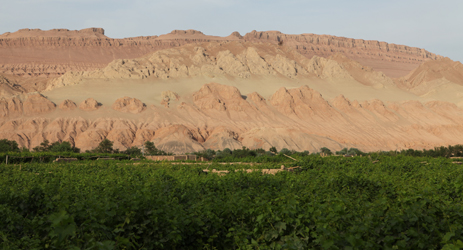
Turpan and Hoxud of the Xinjiang Uyghur Autonomous Region have both passed the ‘formal examination’ by China’s General Administration of Quality Supervision, Inspection and Quarantine, announced the national quarantine authority early this month.
If no public objection is raised by the public during a two-month probation period after the announcement, the two regions will then receive a ‘technical examination’ by the authority. Passing the final examination, the two regions will officially receive their geographical indication status.
Xinjiang is known as one of the biggest sources of table grapes and wine grapes in China [Read more about Chinese wine regions]. However, its modern wine industry started off comparatively slowly. The remote location of its grape producing areas and the resulting transportation costs are among the biggest barriers the local producers are facing at the moment.
Though Xinjiang has the potential to produce big volume of wine, ‘the local brands are not strong enough in the market, and the sales have been low,’ said Xia Guangtai, head of Xinjiang's Department of Commerce at the latest China (Chengdu) Food and Drinks Fair, according to the government website.
The key to ‘raising the competitiveness’ of the local wine industry, the official added, lies in creating ‘recognisable products with typical features’.

Twenty-five local villages and towns are expected to be included in the Turpan wine region, whereas the Hoxud wine region is defined as the 121,300-hectare area within 2°01′55″to 42°22′39″degrees north latitude and 86°45′20″to 87°27′40″degrees east longitude.
Besides geographic definition, both regions have also submitted a ‘draft version’ of local production standards, according to the national quarantine authority.
Producers in a protected geographic indication area that reach the quality standards can apply to carry the official geographic indication trademark on their labels, according to China’s Provisions for the Protection of Products of Geographical Indication.
All rights reserved by Future plc. No part of this publication may be reproduced, distributed or transmitted in any form or by any means without the prior written permission of Decanter.
Only Official Media Partners (see About us) of DecanterChina.com may republish part of the content from the site without prior permission under strict Terms & Conditions. Contact china@decanter.com to learn about how to become an Official Media Partner of DecanterChina.com.

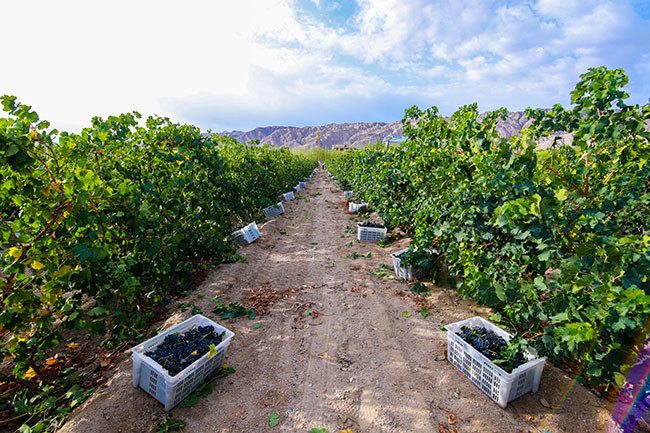
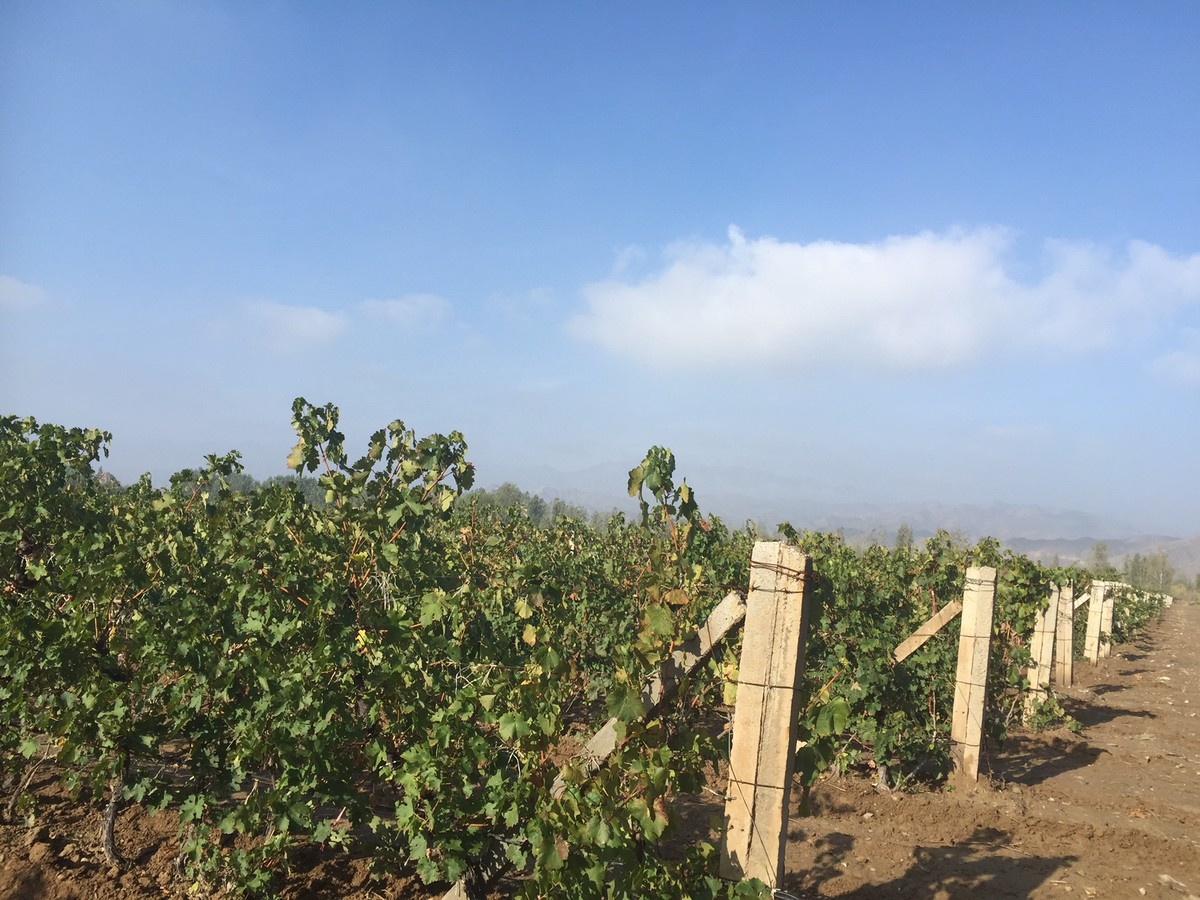
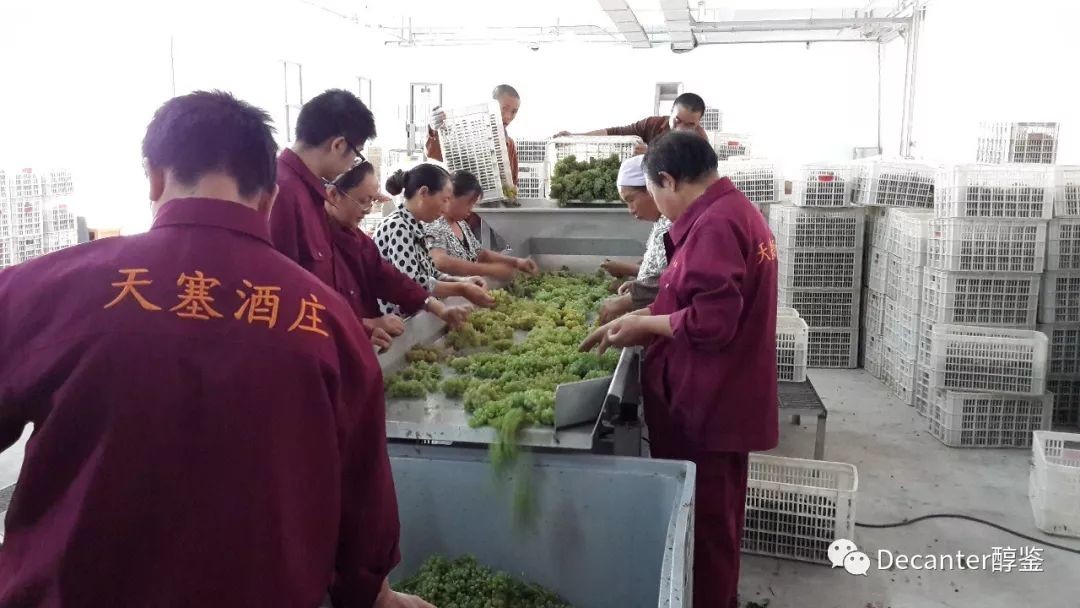
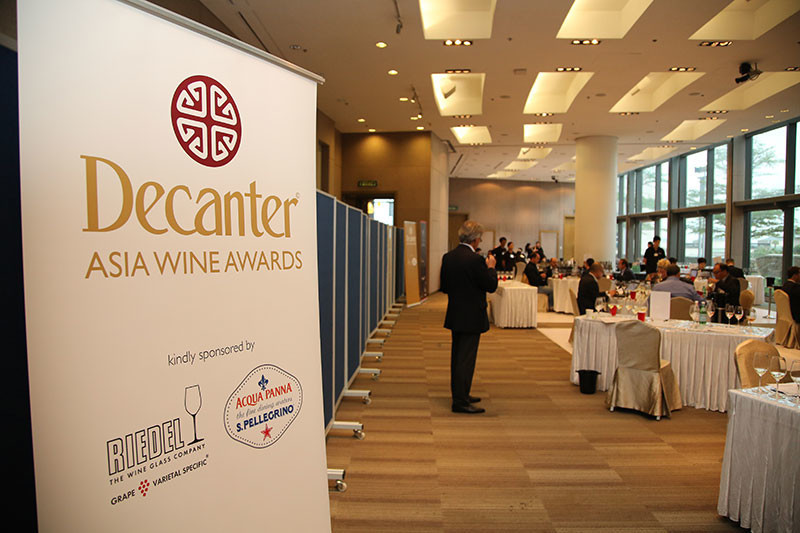
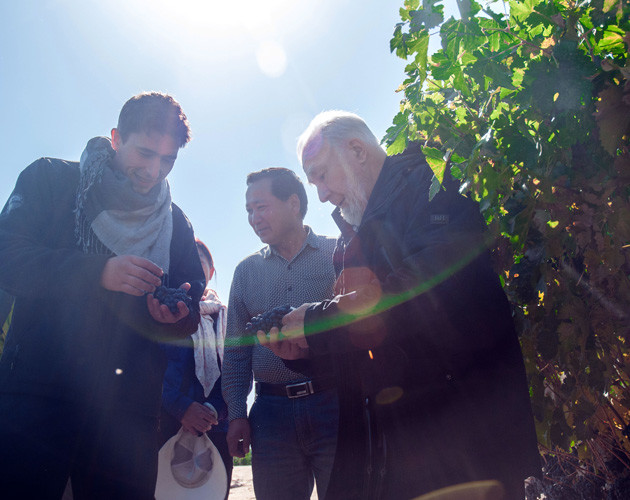
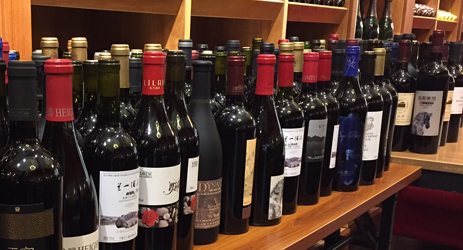
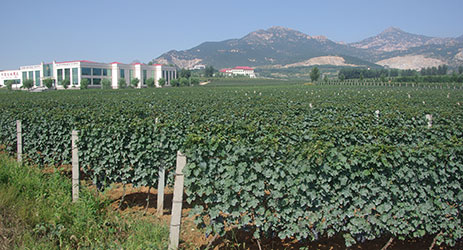
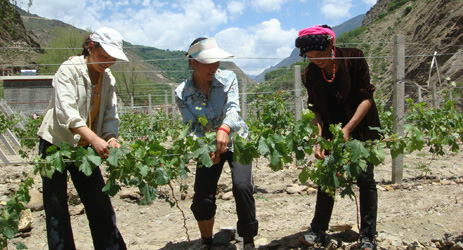
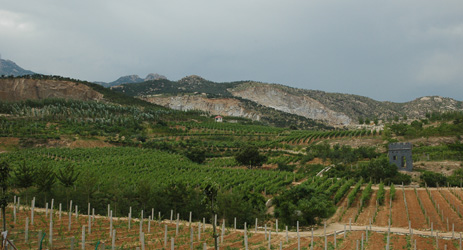
Comments
Submit